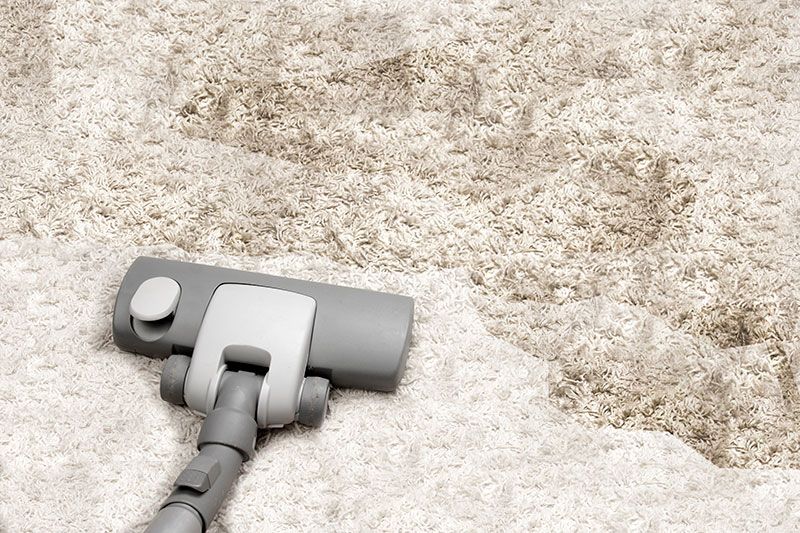If I could rip out all of the carpeting in my apartment and replace it with wood floors I totally would. Wood floors are a ton easier to clean, and I think they look better. But since I'm a renter I have to deal with the one downfall in my apartment, beige carpeting.
When I moved in there were a couple dark spots on the carpeting between my kitchen and my bathroom. Since that is probably the heaviest traveled chunk of carpeting in my apartment, I have accidentally added to those original dark stains. But I could never get them out with the carpet cleaner I bought at Target. So I didn't have much hope for the post on Pinterest saying that baking soda, dish washing liquid and vinegar would get the stains out.

First of all, you have to begin by spotting the stain. Remember, locating old stains is not easy because they're not as visible as new ones. If pet stains have been left undetected, they will be soaked into carpet fibers and pad underneath. It can be challenging, but not impossible to deal with old pet stains. You can follow some useful steps to deal with set in, stubborn stains to remove both the odor and prevent discoloration of your carpet. Since most old pet stains are likely to become faded, you may as well consider using ultra-violet or fluorescent back light to spot less-visible old pet stains.
If you want to remove pet stains, the best pet stain remover, hands down, is Genesis 950. It is a surfactant based cleaner that uses water to make stains water soluble. When this happens, a stain loses it's adherence and can be flushed from the surface. In addition to removing stains, it also will not attract your pet to that spot as it deodorizes as well.
While you can spot clean with it, the best way is to really use it in a machine to ensure that anything in the padding can be broken down and removed. Often, people will spot clean the surface stains in carpet and this does not remove any odor that might has seeped into the padding. That underlying odor is often the cause for repeat accidents.